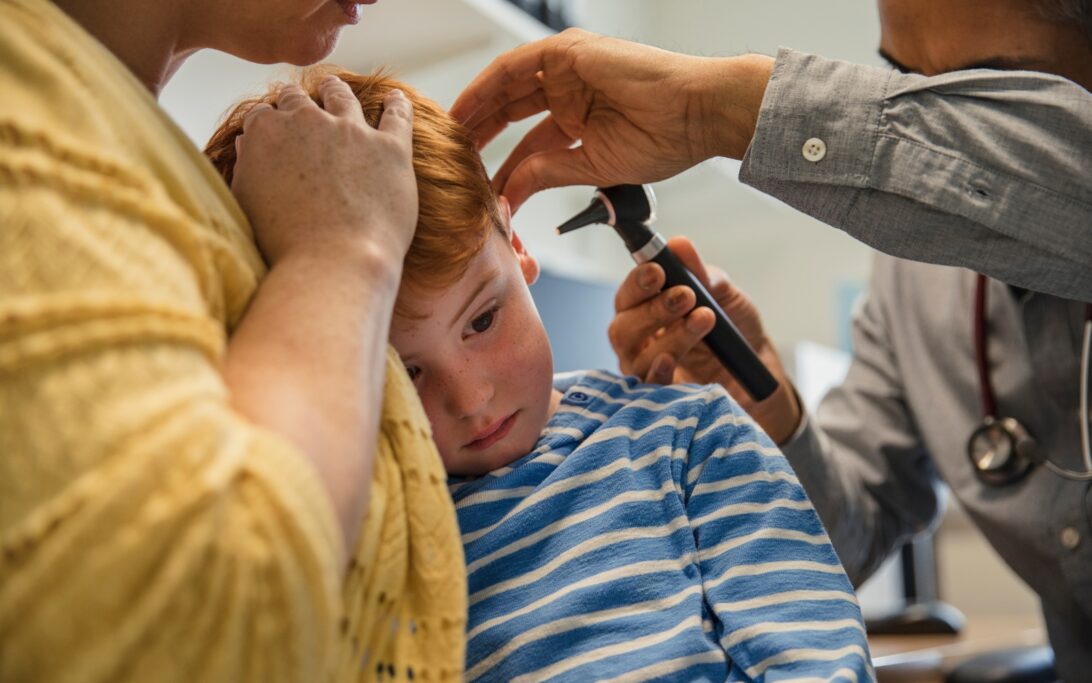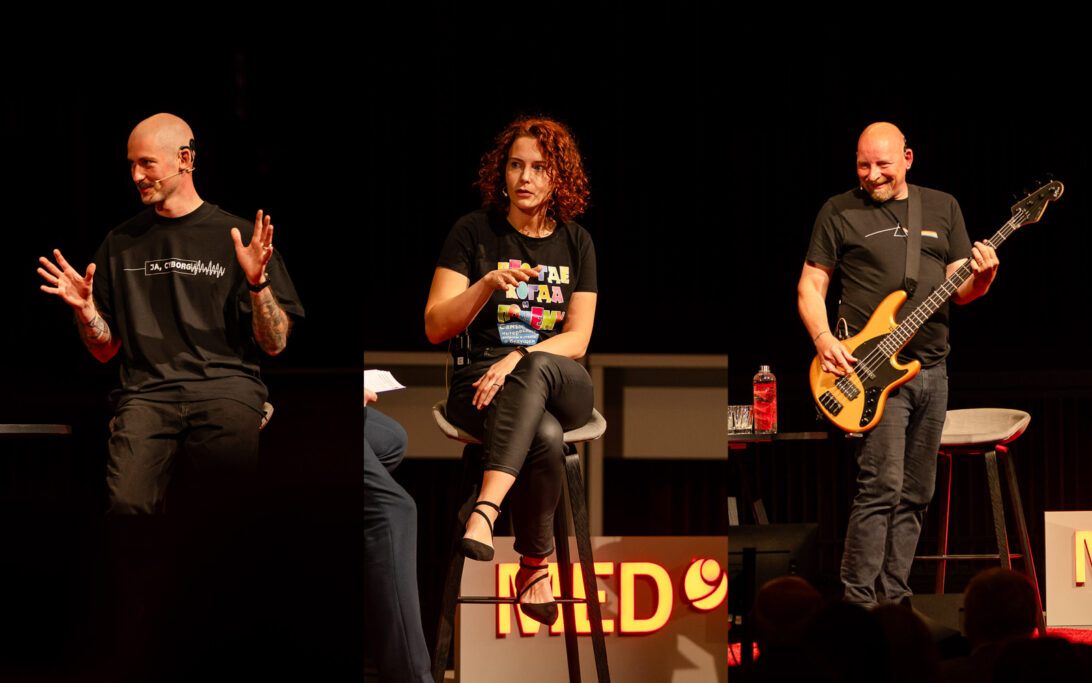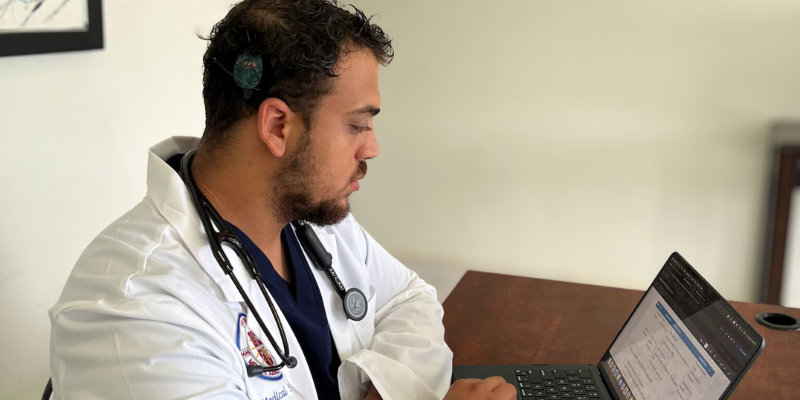


All Articles

Hearing loss equals hearing aids, right? Not necessarily! We’re here to talk you through all the possible alternatives. Plus, find out what options might be right for you.

ESPCI is a conference for professionals in the field of cochlear implantation for children. At this event, hearing professionals and cochlear implant users come together, not just to talk about technology, but to share experiences that shape the future of hearing. It’s a space where science meets real life, where ideas turn into innovations, and where every story reminds us why listening to users matters most.

Because hearing loss can develop over time, many people don’t notice their hearing loss immediately. Often, the first solution is a hearing aid. But for more profound hearing loss, a cochlear implant may be the right solution. In this article, we explain at what point someone has hearing loss, the levels of hearing loss, and the available hearing solutions.

Karam was born with a severe hearing loss, but thanks to a cochlear implant, he went from a world of silence to a world of sound. Today, he is a medical student in the United States, determined to become a cochlear implant surgeon and give others the same opportunity he received. Read on to discover his inspiring journey—and don’t miss his message of hope at the end.

Do you have trouble hearing with background noise? Learn what causes it, how to recognize the signs, and what steps you can take to improve your hearing in noisy places.

From the color to the logo to the mascot, let’s take a look at the meaning of the symbols and design of the brand behind your trusted hearing loss solutions.

About MED-EL
At MED-EL, we’re passionate about helping people with hearing loss. It has been this way since 1977 when Ingeborg and Erwin Hochmair pioneered the modern cochlear implant. Since then, we’ve grown into the leading hearing implant company, active in over 130 countries around the world and with solutions for every type of hearing loss.

.png)




